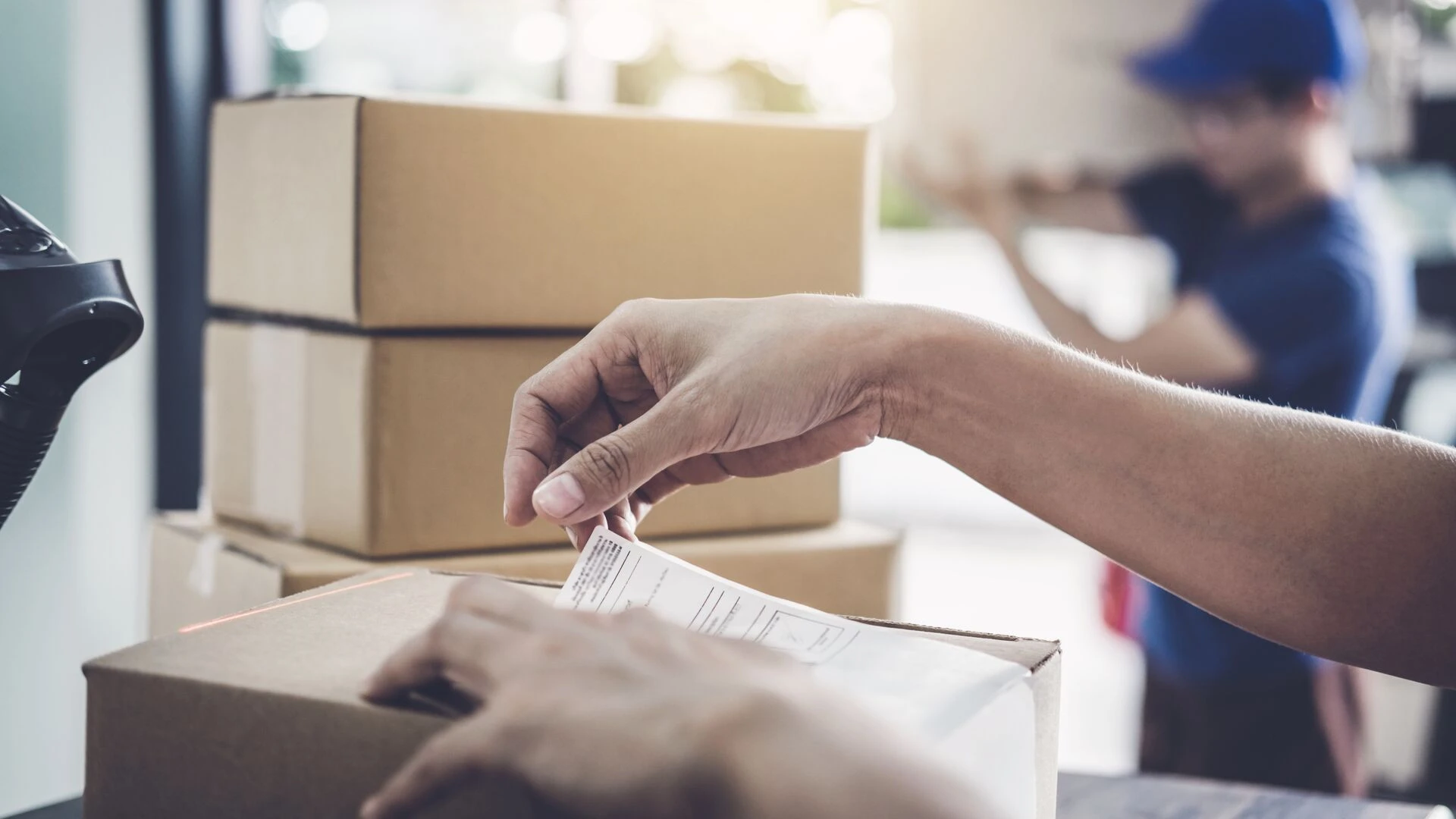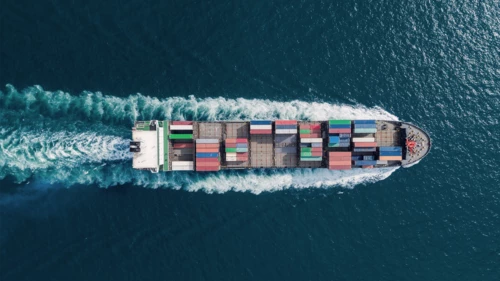
- Name:
- Samuel Pendergraph
- Title:
- Senior ESG Analyst
As e-commerce transforms retail, new business models such as dropshipping introduce fresh challenges in product quality control and regulatory compliance. Explore how the industry is navigating the complex landscape of chemical regulations and materials transparency in an increasingly digital and cross-border marketplace.

The retail landscape is undergoing a profound transformation, driven by the continued rise of e-commerce. This shift is not only changing how products are designed, sourced and sold, but also reshaping the entire value chain. As traditional retail gives way to new business models, such as dropshipping and cross-border platforms, the roles and responsibilities of various stakeholders are evolving.
In our previous article on the retail sector’s transition, we highlighted the sustainability challenges facing the industry and explored how supply chains are being transformed through enhanced traceability. Building on this foundation, we now present a joint perspective from the retail and materials sectors. We examine how these developments are reshaping traditional assumptions about product quality, sourcing transparency and accountability in an increasingly decentralised digital marketplace.
The retail sector has evolved significantly over the past three decades, propelled by digital innovations. The Nordic countries are at the forefront of this shift, with Denmark and Sweden leading the EU in online shopping adoption. E-commerce Europe projects that online sales will constitute 30% of European retail turnover by 2030.
Dropshipping, a fulfillment method allowing small businesses to outsource the handling and shipping of products to a third party, has been a key driver of this growth. By enabling reduced overhead costs and access to large customer bases through platforms like Shopify, dropshipping has facilitated rapid expansion for many retailers.
However, this model isn’t without risks. While it has spurred business growth, dropshipping also introduces challenges related to product quality, customer safety and satisfaction. As e-commerce continues to evolve, balancing these new opportunities with strong quality control remains a critical industry challenge.
Recent attention has shifted towards the legal compliance of products distributed via e-commerce. A series of studies conducted by the Nordic Council of Ministers, an inter-governmental body in the Nordic region, has revealed high rates of non-compliance. Reports published in 2023 and 2025 found that over 70% of certain sampled products failed to meet regulatory standards.
The studies highlighted variations across different e-commerce models:
Source: Nordic Council of Ministers and Nordea
Source: Nordic Council of Ministers and Nordea
The study highlights significant e-commerce compliance issues, particularly within registration, evaluation, authorization, and restriction of chemicals (REACH) and classification, labelling, and packaging (CLP) regulation of chemicals. Proper labelling is crucial for safe handling of ubiquitous chemical products, and omitting essential information poses safety risks.
While it has spurred business growth, dropshipping also introduces challenges related to product quality, customer safety and satisfaction.
Biocidal products, such as hand disinfectants, face additional challenges due to a complex regulatory landscape. The use of biocidal products is regulated by the harmonised EU Biocidal Product Regulation (BPR). However, during a transitional period, biocidal products are governed by the national legislation in each member state. This regulatory inconsistency across the EU complicates compliance for market participants in e-commerce and dropshipping.
The Restriction of Hazardous Substances (RoHS) Directive is another regulation that comes up in non-compliance, restricting the use of certain hazardous substances found in electrical and electronic equipment. Products such as hair dryers, electrical toys or vacuum cleaners are subject to specific labelling and safety testing requirements. Many companies that place these products on the market are unaware of these requirements. The study above found that the majority of these products that were non-compliant were manufactured outside the EU (for example in China). However, regardless of the product’s origin, both manufacturers and distributors are obligated to comply with EU regulations.
The challenge of non-compliance is likely to extend to upcoming EU regulations. For example:
In addition to EU-wide regulation, country-specific legislation further complicates compliance. For example, the Norwegian Transparency Act requires due diligence in the value chain, and CITES regulates the trade of endangered wild fauna and flora.
These EU and national regulations underscore the widening scope of information that needs to be monitored throughout the value chain.
E-commerce retail is poised for future growth, offering significant opportunities for traders and entrepreneurs. However, this expansion also presents compliance challenges for the growing number of diverse online platforms and economic operators.
EU member states face the complex task of balancing trade facilitation and economic growth with consumer safety protection. Recently, the EU has warned e-commerce giants Shein and Temu about their alignment with consumer protection laws, specifically citing their lack of control over missing, incorrect and misleading information.
From a local perspective, tensions are already brewing in communities over e-commerce practices. In Finland, for example, a grassroots initiative called "Krääsätalous kuriin" has garnered the 50,000 signatures needed to advance to Parliament. While this initiative likely stems from concerns beyond just chemical labelling, it serves as a tangible measure of stakeholder sentiment towards e-commerce.
In this evolving landscape, retailers and distributors must adopt a proactive approach. They need to take ownership of coordinating the information across their supply chains to ensure regulatory compliance, safeguard consumer safety and maintain strong consumer relationships.




Sector insights
Nordic real estate faces challenges and opportunities in transforming existing buildings into greener assets. Ebba Ramel and Mons Lunde, part of the ESG Sector Analysis Team at Nordea, outline how developing credible transition plans is not only reducing buildings’ environmental impact but also making them more attractive for investors and banks.
Read more
Sector insights
The Nordic forestry sector plays a significant role in Europe’s green transition, but potentially faces complex sustainability challenges. Senior ESG Analyst Samuel Pendergraph explains how regulatory pressures within forestry are creating supply tensions for companies navigating within the EU and abroad.
Read more
Sector insights
The global shipping industry is navigating significant change, driven by environmental regulations, technological advancements and geopolitical challenges. This article lays out the key trends shaping the future of the sector and its sustainable transition.
Read more
Register below for the latest insights from Nordea’s Sustainable Finance Advisory team direct to your mailbox.
Read more
Sustainability
Amid geopolitical tensions and fractured global cooperation, Nordic companies are not retreating from their climate ambitions. Our Equities ESG Research team’s annual review shows stronger commitments and measurable progress on emissions reductions.
Read more
Sector insights
As Europe shifts towards strategic autonomy in critical resources, Nordic companies are uniquely positioned to lead. Learn how Nordic companies stand to gain in this new era of managed openness and resource security.
Read more
Open banking
The financial industry is right now in the middle of a paradigm shift as real-time payments become the norm rather than the exception. At the heart of this transformation are banking APIs (application programming interfaces) that enable instant, secure and programmable money movement.
Read more